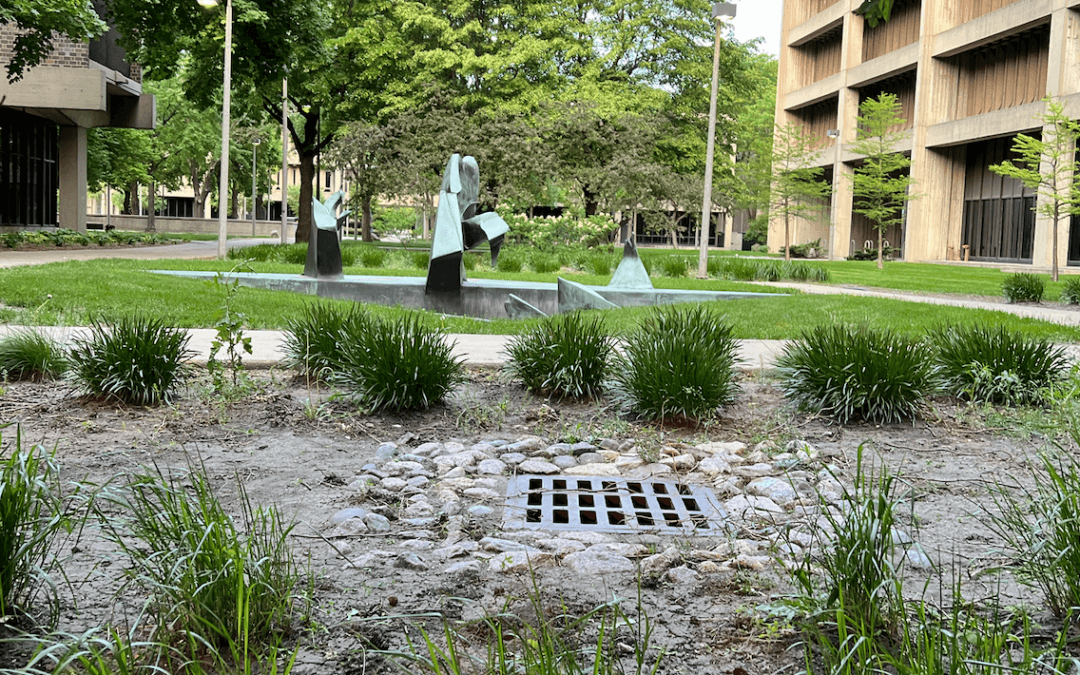TLDR: Utilizing commercial stormwater incentives can help affordable housing developers expound upon tax credits while being more successful in competitive real estate markets.
Affordable housing development faces numerous challenges making exploring innovative solutions like stormwater reuse crucial. One significant complication is the limited availability of land at affordable prices in desirable locations. This scarcity often leads to higher land costs, making it challenging for developers to create affordable housing in high-density areas while covering their expenses. Los Angeles, for example, has increased tax credit compliance and environmental requirements, including LEED certifications. Why? With competition for land and permits, priority goes to those willing to develop housing for sustainable and social impact.
The lack of sufficient funding and financial resources also poses a significant obstacle, as securing affordable housing financing can be complex and competitive. Additionally, strict zoning regulations, LEED certification, and lengthy approval processes can hinder the timely completion of much-needed projects, further adding to development costs. However, there are opportunities for affordable housing developers in the stormwater and nature-based solutions sector. By incorporating stormwater reuse strategies, developers can address environmental concerns, expedite permitting, and potentially reduce water management costs, freeing up resources to allocate toward affordable housing initiatives.

Stormwater management is a crucial aspect of sustainable urban sustainability, and its impact goes beyond just environmental considerations. For affordable housing developers, implementing stormwater reuse strategies can bring significant benefits. Considering its social, environmental, and economic effects, this blog post will explore how stormwater management positively affects affordable housing development.

Social Impacts
By incorporating stormwater reuse systems, such as a rainwater harvesting system, affordable housing developers can enhance the quality of life for residents.
- Reduced flooding: Effective stormwater management minimizes flooding risks in and around housing developments, ensuring safer living conditions for residents and limiting property damage.
- Improved water supply: Stormwater reuse systems provide an additional water source, relieving pressure on existing water supplies and reducing the likelihood of water shortages. Depending on the landscaping, it can also mean continued green spaces, which increase serotonin, helping promote better mental health.
- Community engagement: low impact development projects offer opportunities for community involvement and education, fostering a sense of pride and ownership among residents.
Environmental Impacts
Stormwater reuse has numerous positive ecological effects, making it an attractive option for affordable housing developers:
- Water conservation: By capturing and reusing stormwater, developers can reduce the strain on local water resources, contributing to sustainability efforts.
- Mitigating pollution: Stormwater runoff often carries pollutants into water bodies. Proper management and treatment of stormwater can help prevent pollution, protect local ecosystems, and preserve biodiversity.
- Biodiversity: Implementing stormwater nature-based solutions such as tree planting or rain gardens can lead to more biodiversity in the area and help offset the urban heat index. Sustainable landscaping enhances the natural environment, improves air quality, and promotes urban greening.
Economic Impacts
Stormwater management presents cost-saving opportunities and financial incentives for affordable housing developers:
- Reduced water bills: By reusing stormwater for non-potable uses like irrigation or toilet flushing, developers can significantly lower water consumption, resulting in cost savings for residents and the management.
- Implementing nature-based solutions and stormwater management means commercial incentives that can help pay for development costs.
- Stormwater credits are available in some cities making low-impact development enticing for developers looking to add additional resale credits to their financial planning.
- Long-term savings: Investing in stormwater management infrastructure from the outset can help developers avoid costly retrofits or upgrades in the future, ensuring long-term financial stability.
Let’s also remember the importance of competitive permitting and LEED certification.
LEED and Permitting
Implementing effective low-impact development strategies can earn developers points towards LEED certification, a widely recognized standard for sustainable building, and the new requirement for priority permitting in many urban areas. Additionally, many jurisdictions offer incentives or density bonuses for developments with robust stormwater management plans.
In conclusion, incorporating stormwater reuse strategies benefits affordable housing developers. From enhancing the quality of life for residents to reducing environmental impact and providing economic advantages, stormwater management is a priority that aligns with sustainable development goals. Moreover, by embracing stormwater reuse, developers can work towards LEED certification and streamline the permitting process, positioning their projects as models of environmental stewardship and responsible growth in competitive real estate markets.
Want to read further about affordable housing and stormwater? We recommend this article https://texaslivingwaters.org/wp-content/uploads/2022/04/Opportunities-for-Realizing-Water-Reuse-in-Affordable-Housing.pdf.

Rainplan and Developers
Interested in getting your team involved? You can contact us at hello@myrainplan.com for more information.


